China has its own kind of overcoat: the Pi’ao

Some time ago, the TV series The Heart’s Core premiered on Youku, a Chinese streaming platform, on February 7, 2025. In the series, the actress Liu Shishi wore Hanfu in a casual and laid – back way. She not only wore it indoors but also went outside in it. Netizens were amazed and exclaimed, “It really looks like our modern – day overcoats! But is it really okay to wear it like this?”
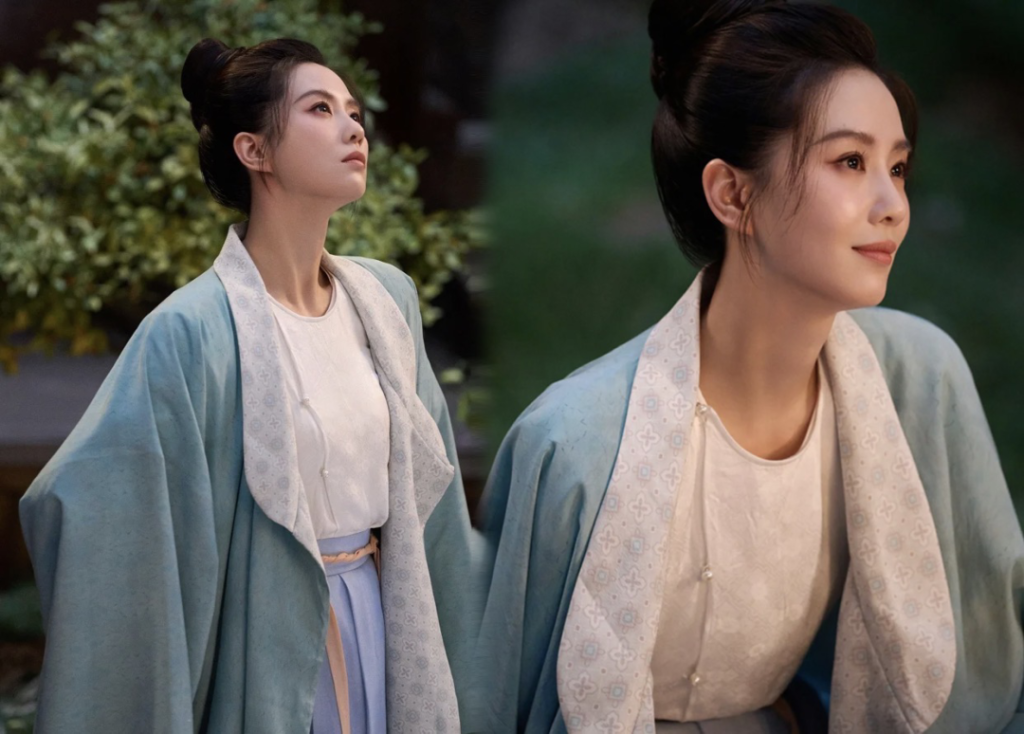
I. What is a Pi’ao?
Actually, this kind of clothing is classified as a “Pi’ao (披袄)” in terms of wearing style. As the name suggests, a Pi’ao not Piano is designed to be draped over the body. There are styles like the front – closing with large sleeves style found in Famen Temple cultural relics, as well as the narrow – cut round – collar style. It was quite popular during the Tang Dynasty, and similar dressing styles can be seen on Tang Dynasty figurines. Generally, the round – collar Pi’ao takes the round collar mandarin robe as its design references. When a round – collar hanfu robe is worn with its two sides left open, it becomes this Pi’ao style.
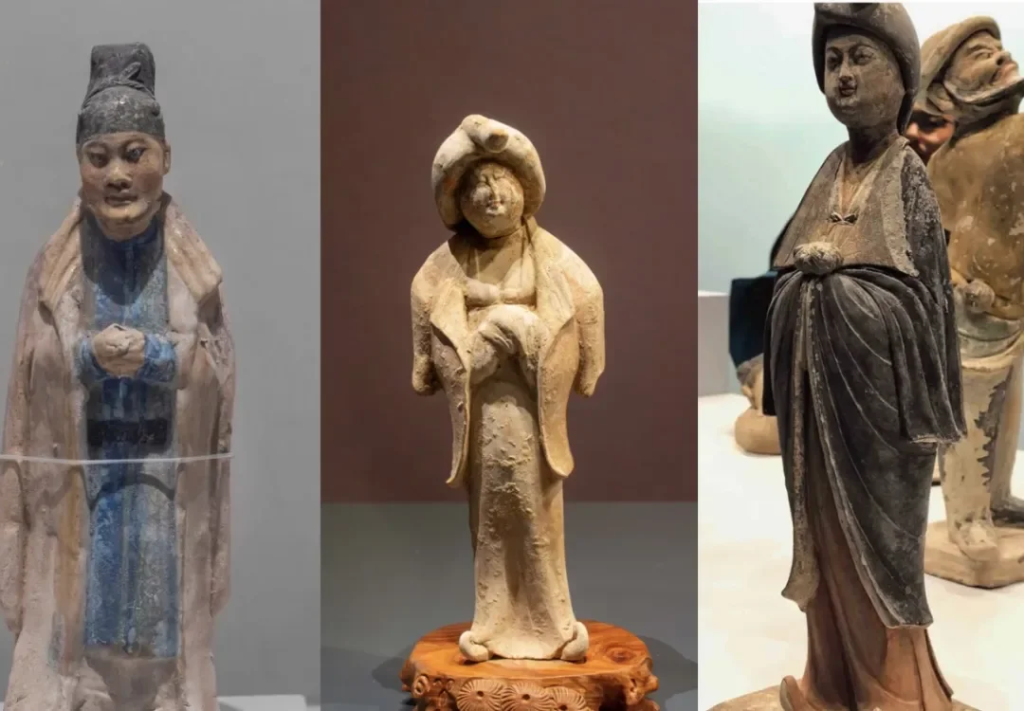
However, the people in the Tang Dynasty probably found this style very practical. To make it more aesthetically pleasing, they specifically widened the collar edges and gave the collars an elegant curve. Some were even changed to straight collars. Although the outer layer of the robe was plain – colored, when worn open, it revealed a decorative collar and a large part of the inner front panel with patterns. This made the outfit look both fancy and stylish in detail. Eventually, the round – collar Pi’ao evolved into what we see today.
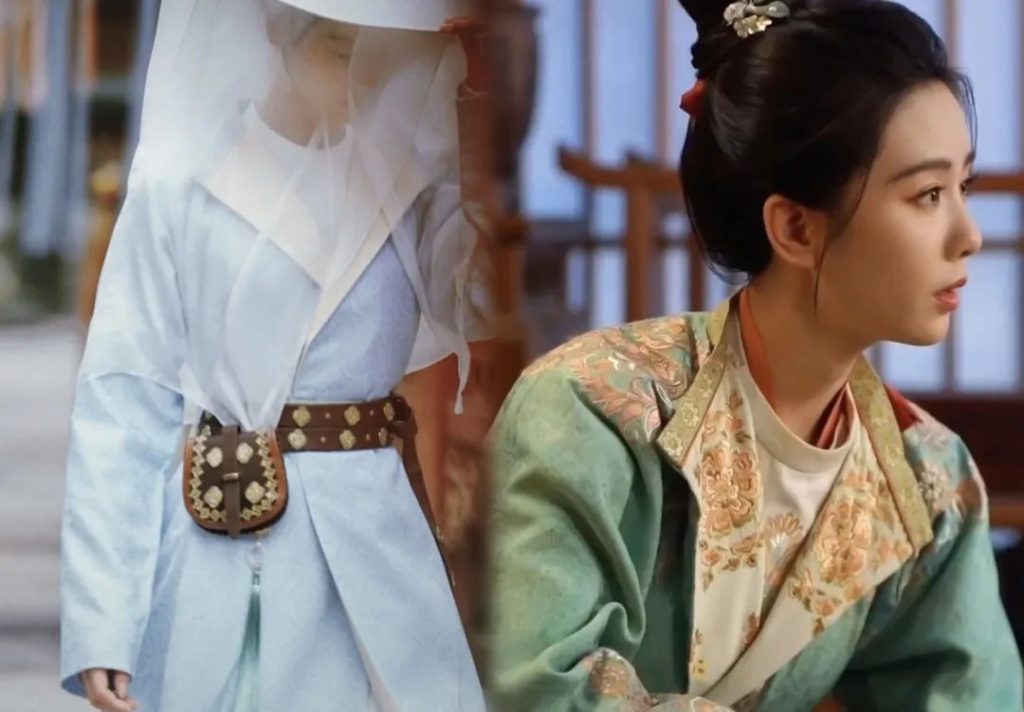
The transformation from the round – collar robe to the Pi’ao is a testament to the ancient Chinese people’s ability to wear one piece of clothing in multiple ways. Moreover, they would make slight adjustments to the style according to different occasions. For example, when used as a Pi’ao, not only was the collar widened and given a curve so that it could wrap around the neck when fastened, but also the choice of fabric and the nature of the lining added to its warmth.
II. How to Dress According to Seasonal Changes
When it gets cold, people need to add more clothes. However, in ancient times, there was no clear distinction in clothing styles based on seasons. Most of the changes were made to the fabric, the number of layers, and the decorations, which were sufficient. In the Tang Dynasty, an “ao” (袄, a kind of jacket) was interpreted as a lined garment. Moreover, depending on the season, different amounts of cotton could be added, which is equivalent to our modern – day “down jackets”. It was truly considerate. The Yinyi of All Scriptures (《一切经音义》) of the Tang Dynasty explained the “ao” as “a lined garment. There are differences in terms of having cotton, being just lined, and in size.” The Six Codes of the Tang Dynasty (《唐六典》) recorded that “in winter, a robe should have ten taels of cotton added, and an ao should have eight taels.”
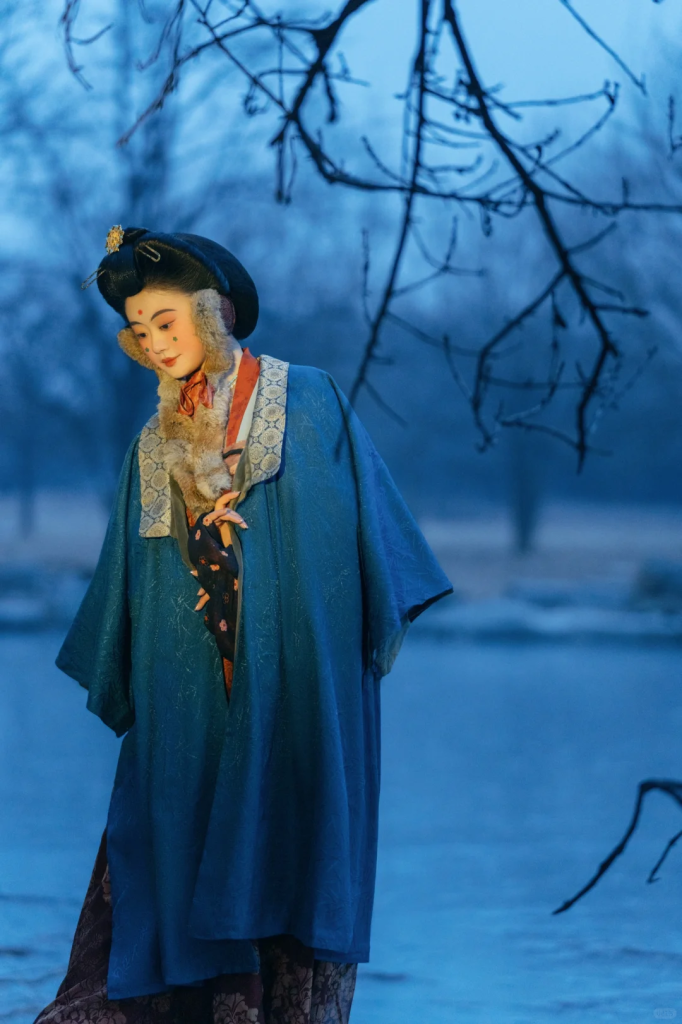
Furthermore, the sleeves of the “ao” could be either long or short. In summer, thin versions could be used as air – conditioning sweaters. Moreover, it was not only worn by women but also by men.
III. How to Wear the Pi’ao
Generally speaking, people tend to prefer complex and elaborate clothing styles. This kind of clothing, which seems to serve a similar purpose as our modern – day overcoats, is easily overlooked visually. Due to its daily – use nature and low – key appearance, it can even be easily missed in museums. However, it is precisely these kinds of clothing that represented the daily outfits of people in the Tang Dynasty!
The thin – style Pi’ao is equivalent to an autumn windbreaker, while the thick – style can be worn as a winter overcoat or cotton – padded jacket. In summer, a single – layer Pi’ao can serve as an air – conditioning sweater. You can wear it open to block the wind or fasten it up to keep warm. When the sun comes out during the day, you can also wear it open. It’s both practical and stylish. This seemingly casual outfit actually represents a fashion that the ancient Chinese people admired, a kind of relaxed and care – free beauty. Li Ziqi (李子柒) also wore a similar Pi’ao when attending an event before.
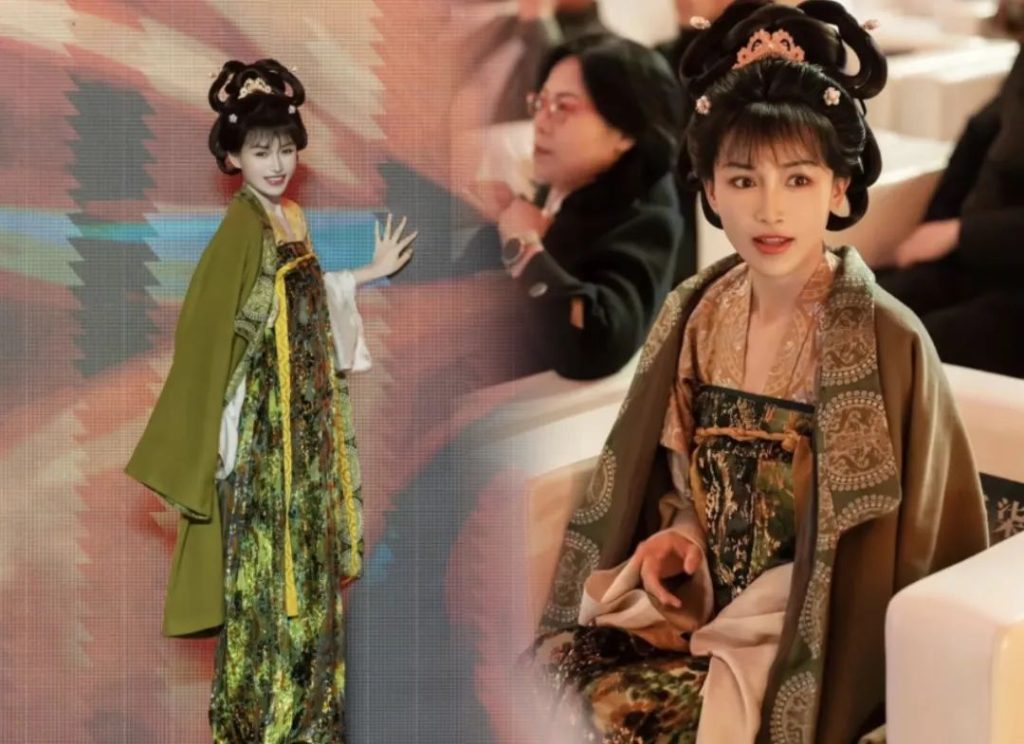
Summary
So, when depicting winter scenes in Tang – dynasty – themed dramas, there’s no need to always rely on the ever – present cloaks. Instead, take the time to learn more about the clothing of our Chinese ancestors. There are many more “hidden styles” waiting to be discovered.
Even if people know nothing about Hanfu, in some parts of China, some overcoats are directly called “Pi’ao”. This is something passed down through generations and deeply ingrained in the memories of the Chinese people, impossible to forget. The loose – fitting nature of Hanfu gives us a sense of relaxation in daily life, making our lives more comfortable. Those who love Hanfu are truly fortunate.
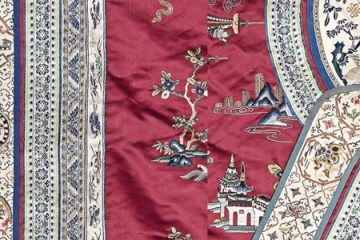
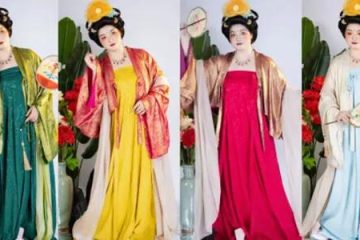
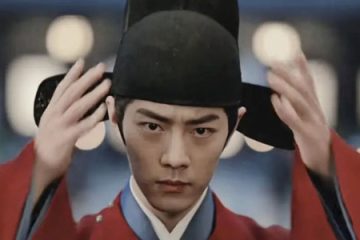
0 Comments